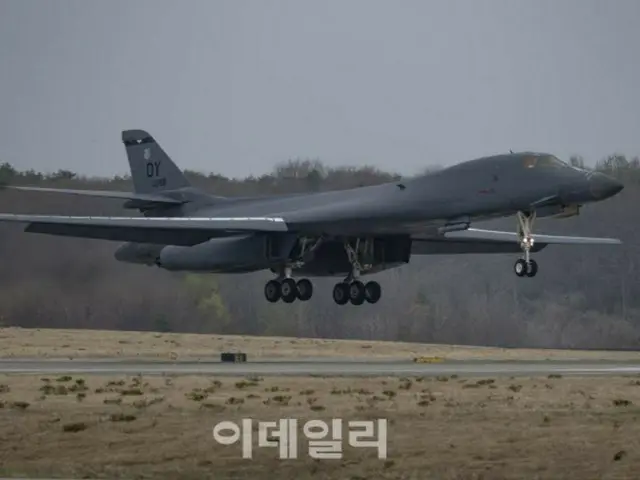On the 25th, the Korean Central News Agency said in a commentary that, "This is not a temporary deployment to demonstrate power to regional countries, but a strategic asset deployment for the Asia-Pacific region.
"There is military significance in terms of long-term stationing and anchoring in ports," he said. "The U.S. military has repeatedly used Guam as a launching base for the B-1B and has repeatedly used force in the Asia-Pacific region.
"The situation is clearly extremely harmful to regional security," the agency said.
He said, "By stationing strategic bombers in Japan for the long term, the United States is now using the Japanese archipelago and South Korea as outposts to target other countries in the region, deepening the conflict."
He also said, "The Asia-Pacific region is not a fragile region where the United States can tilt the regional security balance at will with a few strategic bombers."
"Any such tactics will be met with a proportionate response from the local population," he said.
The bombers, pilots and support personnel were deployed to Misawa Air Base in Aomori Prefecture, Japan on the 15th. This is the first time that the U.S. Air Force has been involved in the deployment of the Bomber Task Force.
This is the first deployment of the B-1B strategic bomber to Japan. The B-1B is considered one of the three major strategic bombers in the United States, along with the B-52 and B-2. The B-1B has a maximum speed of 1000m.
It is a supersonic strategic bomber with a maximum range of 12,000 km at Mach 1.25 and can carry up to 57 tonnes of conventional armament.
Regarding the deployment of the B-1B to Japan, the Incha Command stated, "We will be able to respond quickly to any situation that may occur in the Indo-Pacific region.
"We will strengthen our allied capabilities to respond quickly and decisively."
2025/04/25 09:36 KST
Copyrights(C) Edaily wowkorea.jp 88

